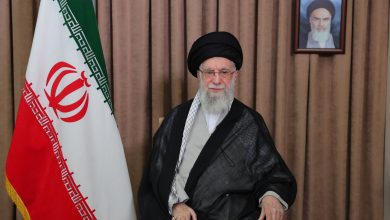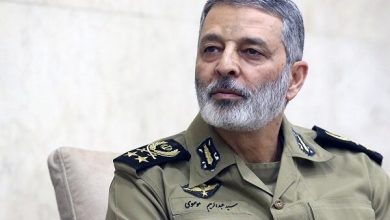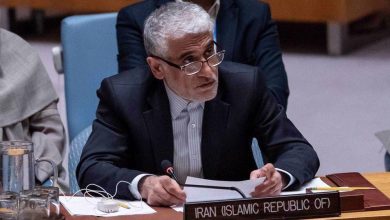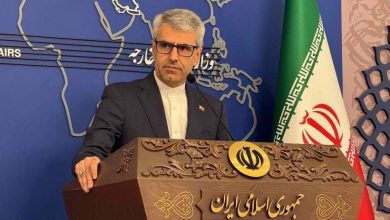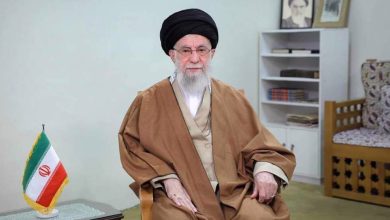Iran initiates new military exercises to safeguard nuclear sites
The Iranian military has commenced new drills in its western and northern air defense regions, encompassing areas such as Fordow and Khondab, which are home to uranium enrichment sites and heavy water facilities.
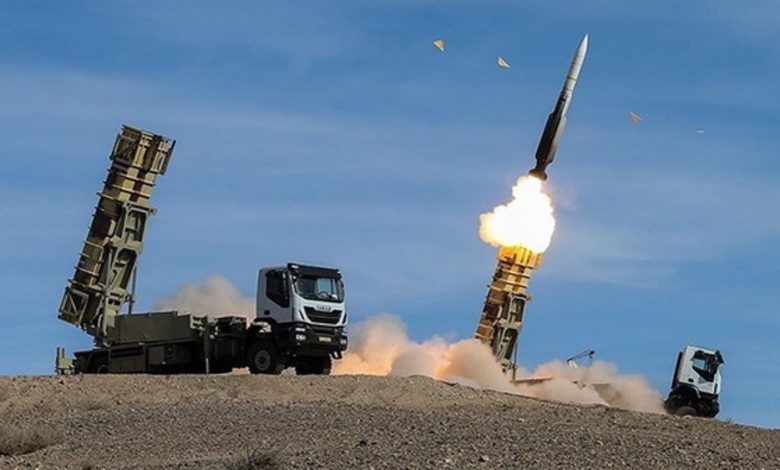
The military exercises, referred to as Eqtedar or “might” in Farsi, commenced on Sunday, featuring authentic combat scenarios. The air defense forces of the Army assumed a pivotal role, operating under the command of the nation’s integrated air defense network, according to a report by IRNA.
The operation includes both offensive and defensive missions utilizing the capabilities of missile, radar, electronic warfare, and electronic intelligence units, alongside reconnaissance teams and deception systems of the Iranian Army’s Air Defense Force. Additionally, the Iranian Air Force is deploying both manned and unmanned aircraft to support these efforts.
In the course of the exercises, the Air Defense Force is set to safeguard vital infrastructure from simulated aerial and missile assaults.
It will additionally carry out reconnaissance, identification, interception, and engagement missions against simulated adversaries and will work to repel offensive attacks.
During the initial phase of the exercises, the Air Defense Force successfully neutralized incoming unmanned aerial vehicles employing the Khordad 15 and Talash defense systems.
The exercises included simulations of passive defense scenarios and strategic maneuvers of defense systems. Additionally, they assessed the mobility and firing strategies of missile systems.
In a recent development, the Islamic Republic of Iran Air Force conducted an aerial interception operation utilizing its manned aircraft fleet.
The exercises are designed to assess the operational efficiency and combat preparedness of air defense systems in the face of potential adversary attacks.
The initiative aims to evaluate both the tactical and technical effectiveness under battlefield conditions, alongside the implementation of passive defense strategies for air defense systems.
According to reports from national broadcaster IRIB, recent military drills, which are part of a series of nationwide exercises, commenced their first phase last week. These exercises took place within the air defense zone surrounding the Natanz nuclear facility, as directed by the commander of the air defense headquarters.
The Islamic Revolution Guards Corps (IRGC) air forces are reported to be engaged in comprehensive point defense operations at the site, effectively countering numerous aerial threats amidst challenging electronic warfare conditions.
IRGC spokesperson Ali Mohammad Naini announced that military exercises, scheduled to extend across various regions of Iran until mid-March, are being carried out in response to emerging security threats.
He stated that various divisions of the Islamic Revolutionary Guard Corps (IRGC), such as the naval units and the Basij paramilitary forces, will participate in the exercises.
In a report published last month by the US news website Axios, it was revealed that Jake Sullivan, the White House national security adviser, had provided President Joe Biden with possible plans for a US military strike on Iran’s nuclear sites. This consideration was set to occur ahead of Donald Trump’s presidential inauguration on January 20.
Iran’s Foreign Ministry spokesman, Esmaeil Baghaei, strongly criticized recent reports, denouncing the alleged threats to the country’s nuclear facilities as “a flagrant breach of international law.”
Officials set to join former President Donald Trump’s incoming administration have pledged to reinstate the “maximum pressure” strategy against Iran.
General Naeini has announced the initiation of approximately 30 military exercises, involving land, air, and maritime operations, spanning six provinces located in the western and southern regions. These exercises are scheduled to proceed until the middle of March.
“The frequency of drills has nearly doubled this year compared to the previous year, as a strategic response to the changing threat environment,” Naeini stated during a press briefing held in Tehran.
“The exercises have seen a notable increase in both scale and complexity, incorporating advanced weaponry and involving a greater number of brigades in highly realistic operations.”
According to the official, the most extensive maritime exercise is scheduled to occur in the Strait of Hormuz, a critical junction that facilitates the transit of approximately one-third of the global oil supply.
In a statement to the press, Naeini condemned adversaries for projecting a misleading sense of optimism and misreading the current circumstances, attempting to depict the Islamic Republic as vulnerable. He asserted that Iran has been strategically preparing for intricate, large-scale confrontations and maintains confidence in its deterrent strategies.
On Friday, a substantial assembly of 110,000 Basij members conducted a march in Tehran.
Naeini stated that comprehensive evaluations of potential scenarios have been undertaken, with the Islamic Republic conducting exercises deemed both realistic and proportionate. He emphasized that while Iran does not intend to start a conflict in the region, it will resolutely respond to any perceived threats.

